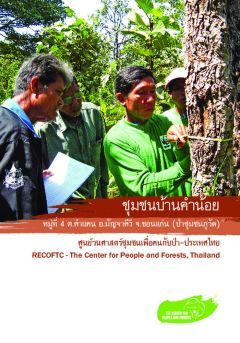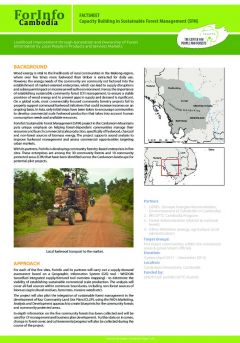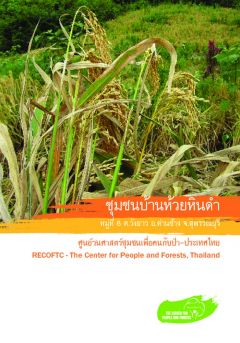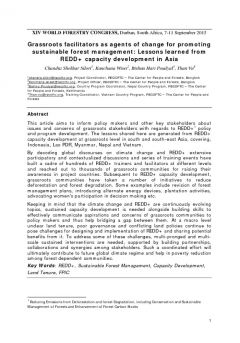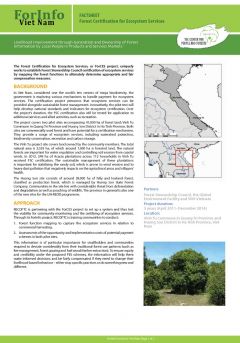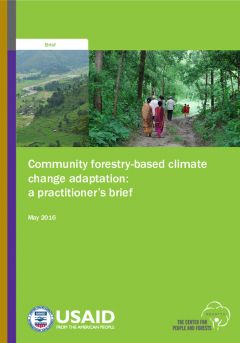Current Status of Community Forestry in Nepal
In The National Forest Plan of 1977, the poor and mountainous kingdom of Nepal recognized the need for the people’s participation in managing its forests. In an article for RECOFTC, Dr Keshav Kanel of Nepal’s Department of Forest, records the changes in society, governance and economy wrought by this gradual – but not uncontroversial – move to community forestry.


